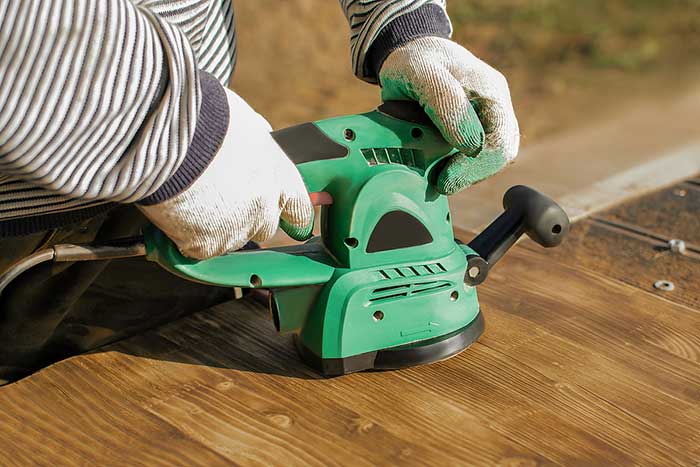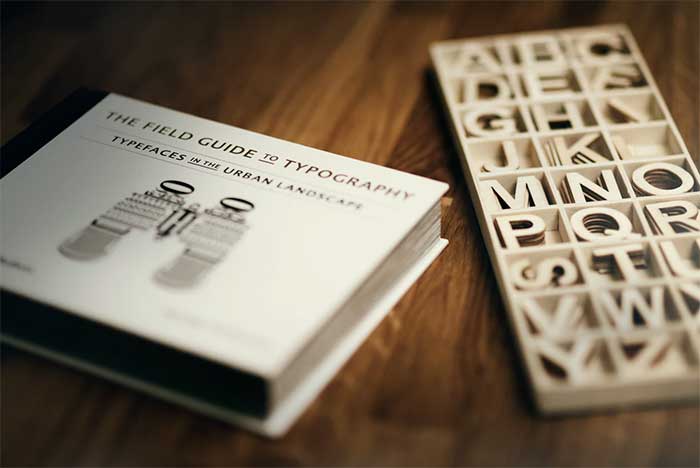
Wood sanding is a monotonous tiresome and time-consuming aspect of woodworking. It is probably the least favorite job for DIY Hobbyists and professionals alike. However, this is an essential step if you desire perfection and hope to achieve a smooth and flawless finish on your woodworking project. Luckily there are a variety of sanders available that can make your sanding tasks quick and easy… and dare I say it, fun! While I was in the market for some new sanders, I did a lot of research before deciding to buy bench sanders from tool digest. To help others make the right decision when choosing a sander, I am sharing what I learned from my research. I hope you find this information helpful in choosing the best electric sanders for wood and knowing when to use them.
Do I need an Electric Sander?
There are some projects where you can’t get away without some delicate manual sanding. Sanding by hand is usually required for fine intricate jobs where electric wood sanders may damage or sand off fine detailing or sharp edges. However, for larger jobs that require greater surface areas to be sanded and where the task progresses from rough to fine stages of finishing, electric sanders are a MUST have. These power tools bring neatness, speed, and ease to any task making them the tool of choice when we consider efficiency. Here are a few examples of instances where using a power sander makes your woodworking life so much better.
Furniture making: Regardless of whether you are a DIY hobbyist or a craftsperson with years of professional experience, if you are making furniture, you must have a good assortment of electric sanders. It is almost impossible to say which one type of sander will suit furniture making best since they are so many aspects to consider. It would be prudent to say that if you are into furniture, you will benefit from having one of each type.
Cabinetry making: The difference between making furniture and making cabinets is that furniture involves making free-standing pieces, where while making cabinetry usually involves interlocking built-in components. You will probably require belt sanders and sheet finishing sanders for your sanding requirements.
Building Staircases: Building staircases can be considered a highly technical art that needs serious skills. It also requires a great deal of sanding. Using power sanders can make a massive difference in the time taken and the quality of finishing. Cordless random orbital sanders are the sander of choice in these tasks.
Making Toys and small decorative items: If you are a hobbyist who loves to make knick-knacks, small gift items, or toys for children, a power sander will make your life much simpler and easier. Fine detailing, like the kind that goes into toys, for instance, needs unique tools. You should consider investing in a disc sander or a palm sander.
Types of wood sanders
There are four types of sanders available. While each has its own specific, specialized purpose, these purposes may overlap you may achieve a similar finishing with another. The sander types are belt sanders, random orbital sanders, disc sanders, and finishing sanders.
BELT SANDER
Belt can clear large surfaces in a very short time. They use a looped sanding belt instead of a square sheet. Belt sanders are used to effectively remove roughness and to prepare the wood. It is important to remember that while using a belt-sander we should sand in the direction of the wood grain rather than across it. Otherwise, the finish may be ruined as the belt sander is a rougher tool than others.
RANDOM ORBITAL SANDER
Most experienced woodworkers would probably pick the random orbital sander if asked to choose their favorite one. This is because random orbital sanders are a very versatile tool to have in your woodworking arsenal. The best part of using a random orbital sander is that it leaves almost zero scratch marks. Random Orbital Sanders are not as rough or savage as a belt sander, and they can polish woodwork to almost the same smoothness as a fine finishing sander. Random orbital sanders are perfect for projects where belt sanders are too rough and smaller finishing sanders are too mild.
DISC SANDER
Disc sanders can be used for many things. Random orbital sanders are also a type of disc sander, but all-disc sanders do not have the capability of random orbital motion. These sanders are best used for coarser work where a lot of surface gunk needs to be removed removal from finer surface finishing. Regular disc sanders are best used for stripping paint from old furniture as they can get into crevices and places belt sanders can’t.
FINISHING SANDER
A finishing sander is used for the fine finishing detail work on woodwork. These are essential to achieve a high-polished look, as they give the smoothest possible results. Most finishing sanders have a rectangular or square-shaped sanding pad and can switch between in-line action and orbital motion.


